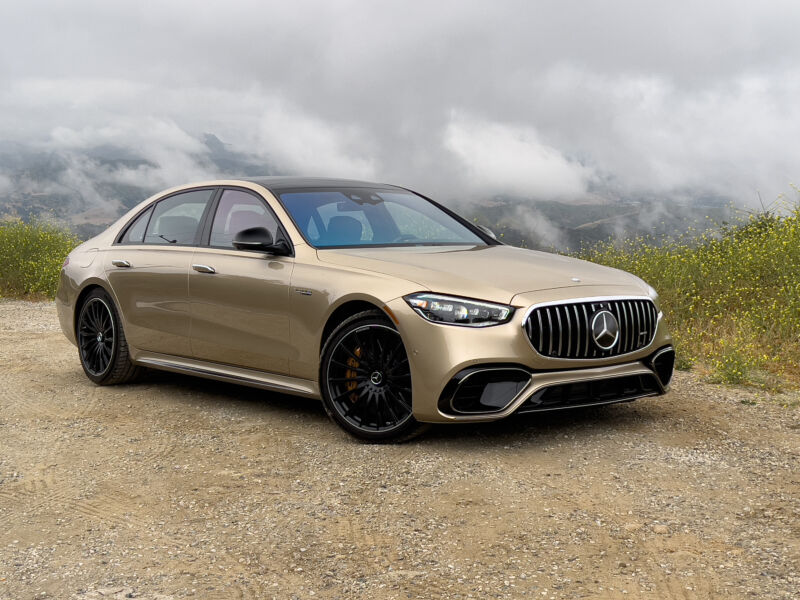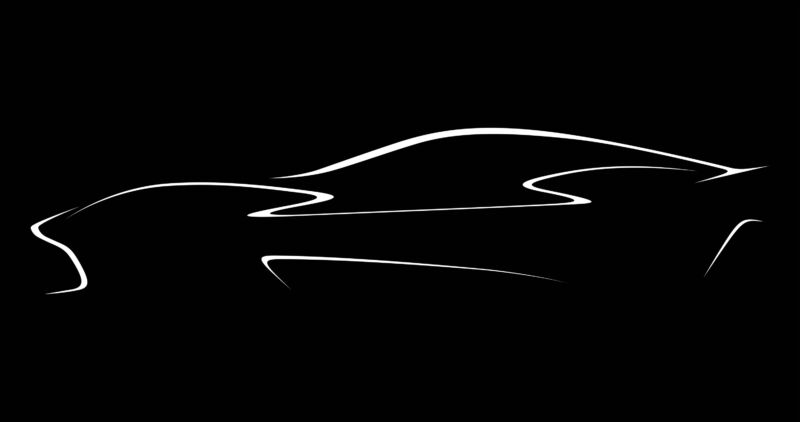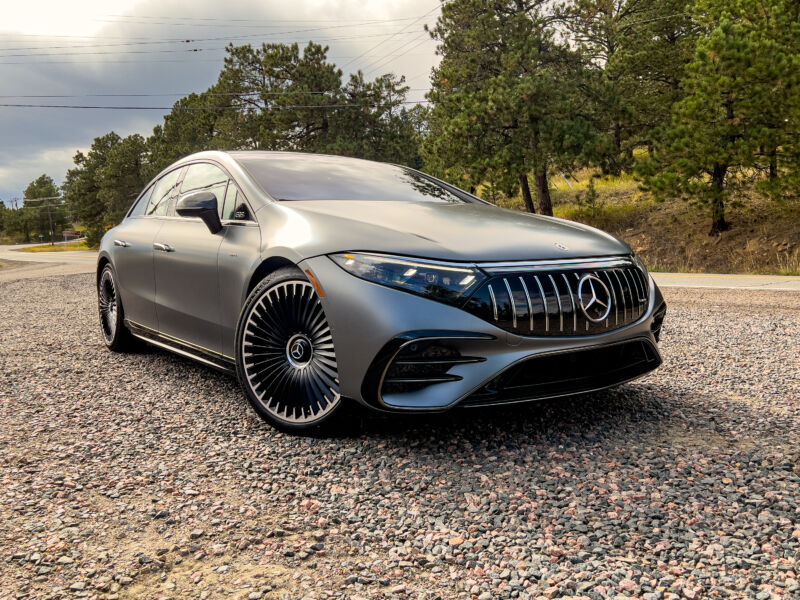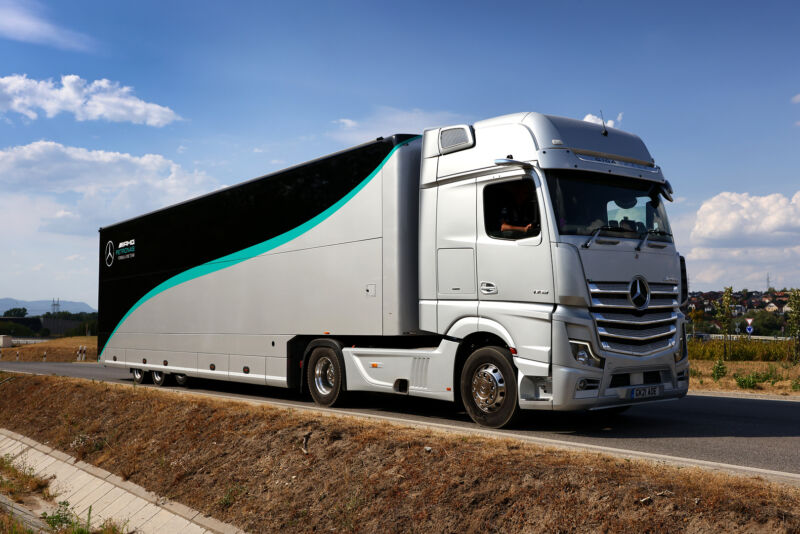-
 chevron_right
chevron_right
The 2024 Mercedes-AMG EQE SUV—more power doesn’t make a better EV
news.movim.eu / ArsTechnica · Monday, 10 July, 2023 - 22:01 · 1 minute
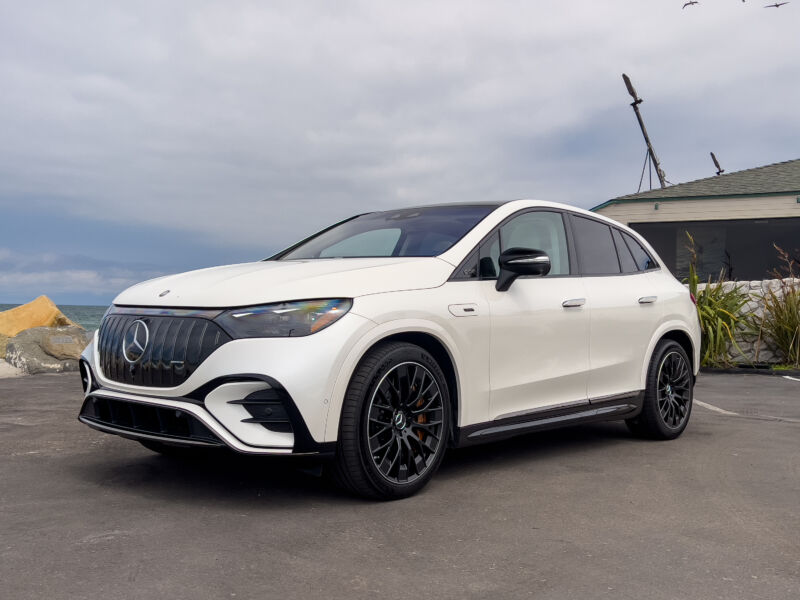
Enlarge / A new grille and wheels are the key giveaway that this is an AMG EQE SUV. (credit: Jonathan Gitlin)
Mercedes-Benz provided a flight from DC to San Diego and a return from Los Angeles, plus four nights in hotels so we could drive the AMG EQE SUV as well as see the Vision One-Eleven and drive the AMG S-Class . Ars does not accept paid editorial content.A few months ago, we tested out Mercedes-Benz's EQE SUV , the German automaker's newest midsize electric vehicle. It was a solid performer—not exactly exciting but comfortable and equipped with one of the industry's best infotainment systems. Now it has been given the AMG treatment, worked over by Mercedes' in-house tuning division. There are some subtle styling tweaks, suspension upgrades, and new AMG-specific electric motors that increase power to 677 hp (505 kW). But has the makeover from Affalterbach managed to infuse more excitement into the EQE SUV recipe?
You can tell you're looking at the Mercedes-AMG EQE SUV and not the regular Mercedes-Benz EQE SUV in a couple of different ways. The black panel at the front is new, with chromed vertical strakes that call to mind the radiator grilles on air-breathing AMGs. The front bumper is sportier, and gloss black accents are used in place of chrome, as well as on the aerodynamic bits like the various air vents and diffusers.

The EQE SUV can look a bit slab-sided depending on the angle. (credit: Jonathan Gitlin)
There's an AMG badge on the hood in place of the usual three-pointed star, and the highlight of the AMG treatment, to me at least, was the black 21-inch AMG alloy wheels, which come wrapped in EV-specific Michelin Pilot Sport tires. But overall, the tweaks are subtle and unlikely to be noticed by a casual observer.

